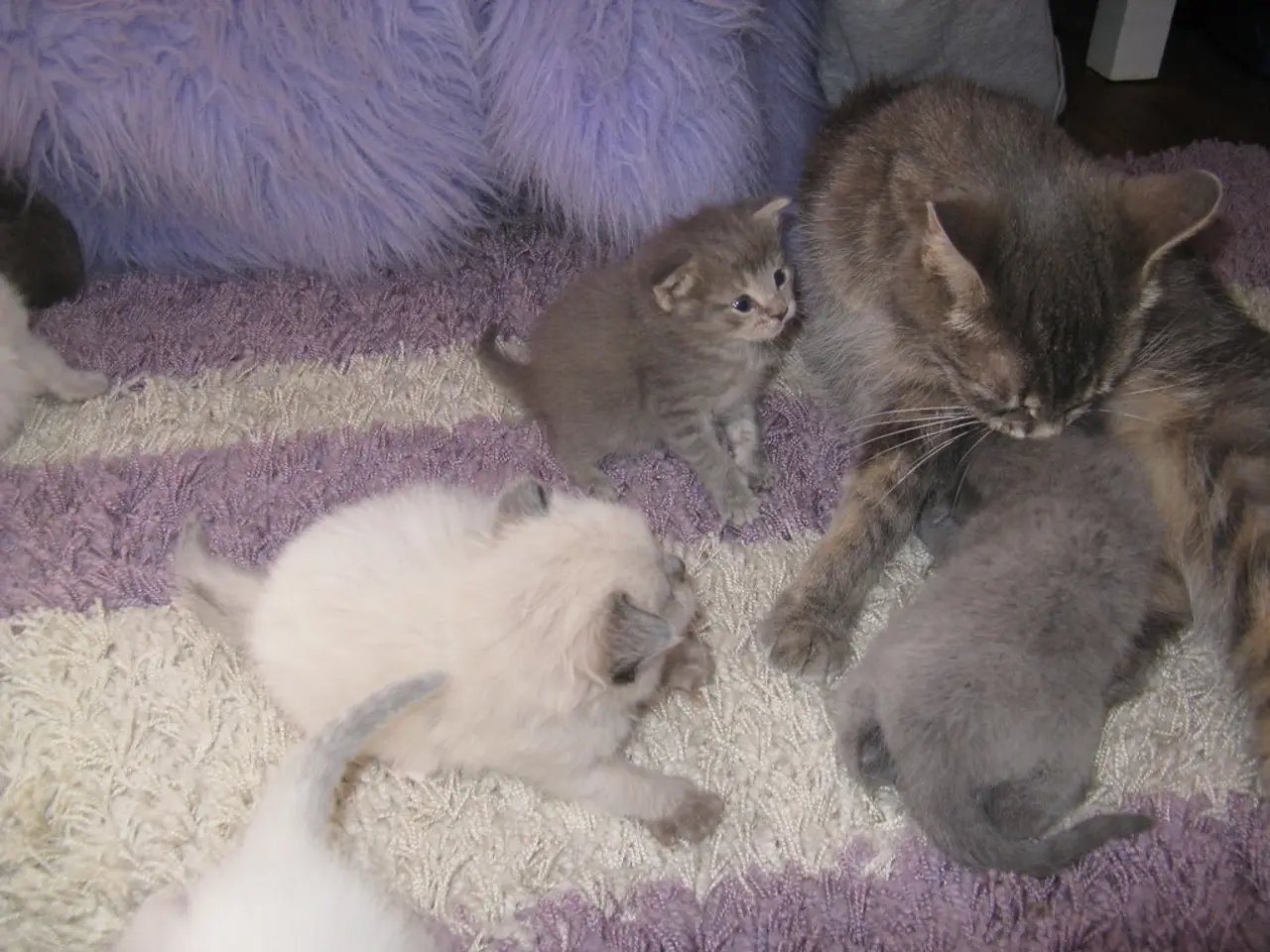Feline Pain Measurement: Evaluating a Cat's Discomfort
Pain in cats can be difficult to detect due to their natural instinct to conceal signs of discomfort. However, understanding the signs of pain and using a cat pain scale can help cat owners and veterinarians provide effective pain management for their feline friends.
Signs of Pain in Cats
Cats may exhibit various behaviours that indicate they are in pain. These signs include hiding, aggression, decreased grooming, altered activity or sleep patterns, appetite loss, flinching when touched, accidents outside the litter box, increased vocalization, and dilated pupils. Additionally, changes in facial expressions—such as squinted or closed eyes, ears flattened or turned sideways, tense whiskers, and head position lowered below the shoulders—also indicate varying degrees of pain.
Cat Pain Scales
A cat pain scale is a valuable tool used by veterinarians and cat parents to measure a cat's pain or discomfort level. These scales combine owner observations and veterinary clinical exams, often scored on a 1–5 scale. Facial expression scales like the Feline Grimace Scale are commonly used and assess specific facial cues like eye squinting, ear position, and muzzle tension to quantify pain severity.
Objective Methods
More objective pain measurement techniques in research and clinical settings involve monitoring physical activity changes via accelerometers, gait analysis to detect biomechanical alterations, and sensitivity testing using mechanical pressure to elicit withdrawal responses indicative of pain thresholds. These methods help validate behavioural observations and guide effective pain management strategies.
The Feline Grimace Scale
One example of a cat pain scale is the Feline Grimace Scale. To use the Feline Grimace Scale, one needs the scale chart/guidelines, good lighting, and a piece of paper and pen to jot down scores. The scale evaluates five specific areas of a cat's face and assigns a score of 0 (no change) to 2 (obvious change) to each area. The total feline pain score is the sum of these scores, with a higher score indicating more significant pain.
Managing Cat Pain
Effective pain management in cats involves a multimodal approach, combining various strategies such as medications, environmental modification, physical therapy, nutritional support, monitoring and adjustment, and addressing underlying causes.
When Pain Cannot Be Managed
In some cases, a cat's pain may plateau at severe levels despite pain treatment. This can indicate their medical condition is too advanced or painful to manage effectively with available therapies. In such situations, a cat pain scale can help reveal when your cat is enduring persistent, unrelenting pain. This insight can be helpful when making the difficult but humane decision to end a cat's suffering through euthanasia.
References:
- Curtis, D., & Bonnie, R. J. (2012). Feline pain: a review of the literature. Journal of Feline Medicine and Surgery, 14(10), 845-857.
- Kreidl, L. J., & Bonney, R. (2011). Assessment of pain in cats: a review of the literature. Journal of Feline Medicine and Surgery, 13(12), 1037-1045.
- Curtis, D. A., & Tynes, M. (2010). Feline pain: a review of the literature. Journal of Feline Medicine and Surgery, 12(11), 787-800.
- Kreidl, L. J., & Bonney, R. (2011). Objective assessment of pain in cats: a review of the literature. Journal of Feline Medicine and Surgery, 13(12), 1027-1036.
- Mental health is integral to overall feline well-being, as persistent pain can cause stress and anxiety in cats.
- Science, especially in the fields of health-and-wellness, fitness-and-exercise, and mental health, is constantly evolving to find better ways to manage and alleviate cat pain.




